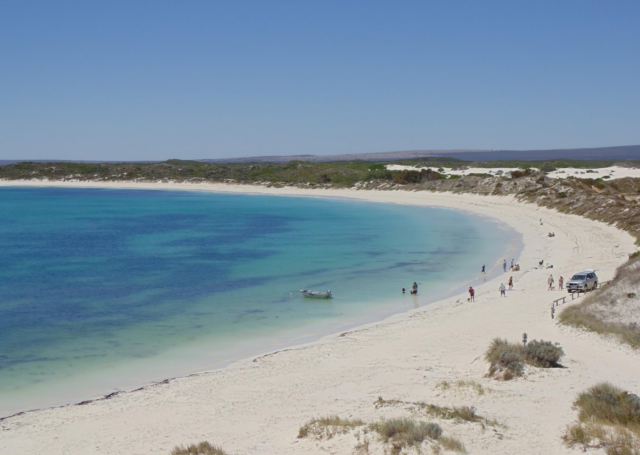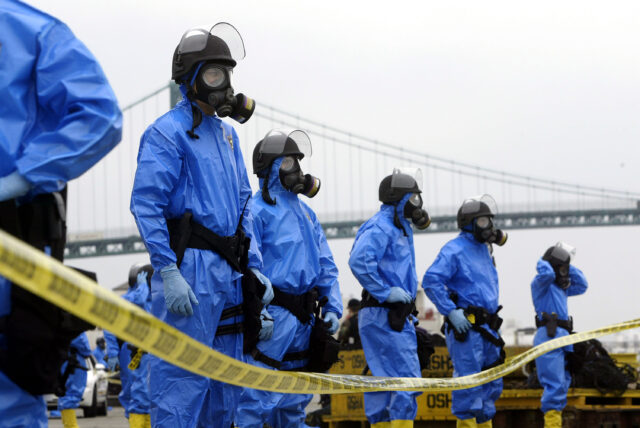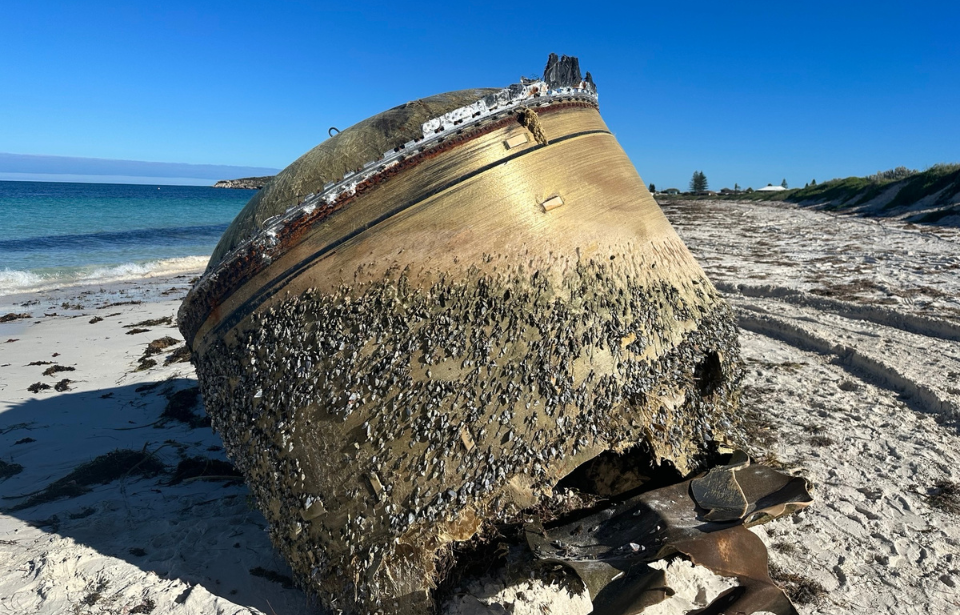A mysterious object washed ashore in Australia, prompting many questions from locals. Once news of the discovery spread, the mystery behind its origin went global. With authorities urging people to keep clear of its position on the sandy beach, many are still coming up with their own theories about the strange object.
An unidentified object washed ashore
An unidentified metal object was spotted by locals at Jurien Bay in a rural area of Western Australia, north of Perth. The cylindrical object measures roughly 2.5 meters wide by 3 meters long, is made of a lightweight material, such as carbon fiber, and is domed.

State and federal authorities arrived to inspect the object shortly after it was discovered, and have been confused as to what it might be. The area of the beach where it was found was sectioned off, and authorities warned locals to stay away from the object for fear of hazardous materials.
The Australian Space Agency made a statement about the object on Twitter, saying, “We are currently making enquiries related to this object located on a beach near Jurien Bay in Western Australia. The object could be from a foreign space launch vehicle and we are liaising with global counterparts who may be able to provide more information.” They continued, “As the origin of the object is unknown, the community should avoid handling or attempting to move the object.”
Australia’s police also made a statement about the unidentified object: “We want to reassure the community that we are actively engaged in a collaborative effort with various State and Federal agencies to determine the object’s origin and nature.”
There are theories it came from a commercial vehicle

As with most unknown objects, people are quick to offer a wide array of theories as to where they come from. One of the more prominent rumors that circulated almost immediately after the object was discovered was that it was a piece of debris from the lost Malaysia Airlines flight MH370 that disappeared in 2014.
However, this theory was just as quickly shot down by aviation expert Geoffrey Thomas, who spoke with BBC about the unidentified object. “No chance,” he said of the object being from the lost aircraft. “It’s not any part of a Boeing 777 and the fact is MH370 was lost nine and a half years ago so it would show a great deal more wear and tear on the debris.” It is largely believed by authorities that the object is not from a commercial aircraft.
It can’t be that toxic, can it?

One of the biggest things the Australian Space Agency stressed was that this unidentified object may have hazardous materials on or inside it, so people should steer clear until it is determined safe. However, space archaeologist Alice Gorman has her own theory about this.
To Gorman, the object looks like a fuel cylinder from the third stage of India’s polar satellite launch, and appears new enough that it has to be from within the past decade. She said, “It’s surprising because it’s such a large fragment. And it makes you wonder what was going on at the time, if maybe a marine weather event dislodged it and brought it ashore.”
More from us: New DNA Technique Helped Researchers Learn About an Ancient Pendant’s Owner
When it comes to the idea of toxicity, Gorman says that if it is indeed a fuel cylinder, it would have likely contained toxic rocket fuel. However, the object clearly has barnacles growing on its outside, which means that whatever was inside the cylinder wasn’t toxic enough to kill those living things on its surface.
